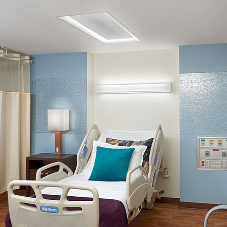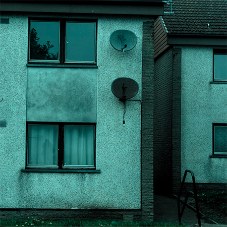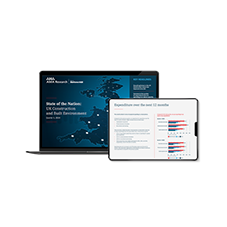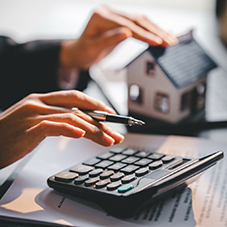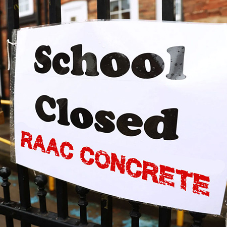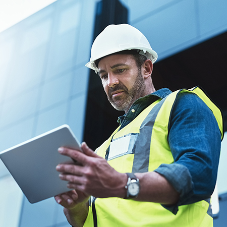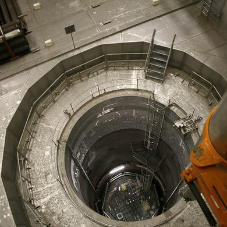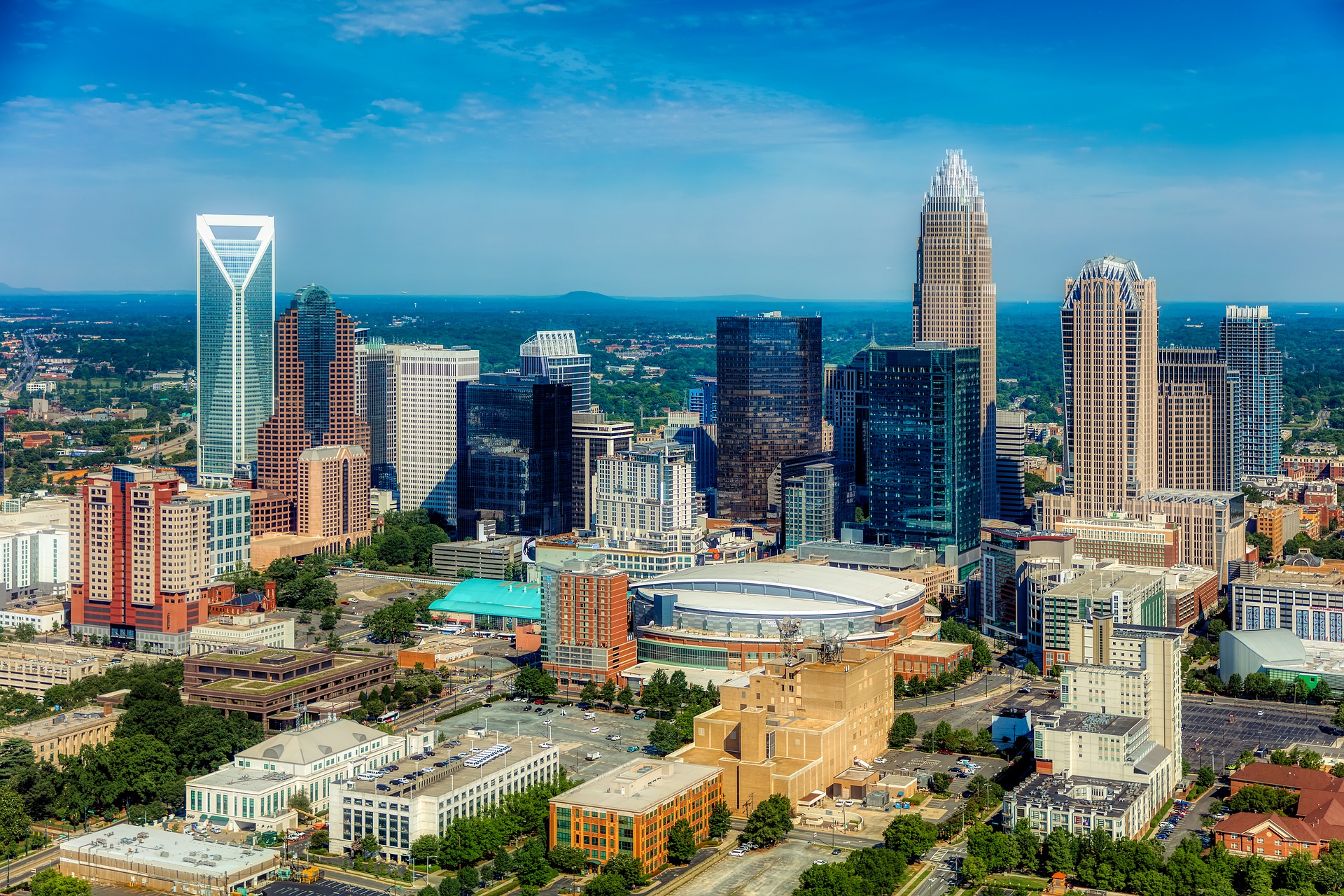
"Smart Buildings" or "Buildings with Brains" are technology based, interconnected buildings. Normally a company or office type building, the added intelligence means they can operate independently by identifying issues and self repairing. One of their main focuses is ensuring an easier way of life for it's inhabitants in the most sustainable way.
Here are some examples of the world's smartest buildings:
The Crystal (London)
Owned by global tech giant, Siemens, The Crystal produces 70% less CO2 than the average office building in London. By using Siemens own BAS - Building Automation System - it can control not only the heating, but the lighting, the ventilation, the water supply, and all energy systems. According to it's website, The Crystal is a 100% electric building as it utilises heat through ground source pumps and the solar energy through panels on the roof. The building's solar glass facade allows in plenty of natural light whilst also accounting for 30% of the solar energy. Furthermore, rainwater is collected and stored where its treated and then reused for irrigation and toilets flushing.
Overall, a pretty sustainable building. It also takes into consideration employees travelling arrangements as its located a 2 minute walk from the DLR station, with ample parking for bikes and 15 electric vehicle charging points. And its the first building to be awarded both BREEAM and LEED certificates.
The Edge (Amsterdam)
The Edge considers almost every aspect of sustainability, from its various facades, to it's energy use, and even the buildings orientation, which is specifically based on the path of the sun allowing for both daylight and shade exactly when needed. Setting the standards for 'smart buildings' The Edge uses both solar panels and rainwater collection and as a result of this, it holds the worlds highest BREEAM rating.
Other noteworthy features include the use of mobile app technology, where employees can use the app to find parking spaces, empty desks or even other employees. Light over Ethernet (LoE), a recent development with lighting expert Philips, has been fitted throughout the building with sensors that can detect light, movement, and temperature allowing a reduction in energy use by around 50% compared to conventional lighting. The Edge also provides an "Ecological Corridor" where nature can grow and animals can cross the site safely.
Duke Energy Center (North Carolina)
As there is more than one company in this building, there is more than one management system. In total there are 3 BAS's integrated as one network which works to reduce energy consumption by 22%. The self learning lighting control system within the building is designed to take notice of staff behaviour and turn on and off during the correct times saving on the electricity bill.
For a building of this size, a lot of water is needed each year just for the HVAC system, so the Duke Energy Center draws on both treated groundwater and stormwater to take care of their H20 needs, meaning there's no need to purchase water from the city. For this, the building achieved LEED platinum status.
Honorary mention: The Burj Khalifa.
Advantages of using technology in this way includes a reduction in energy consumption, therefore helping the environment and building a sustainable future. It also allows for an increase in efficiency through self repair, where the building senses broken parts or outages and fixes them without the need for human intervention. Another benefit of smart buildings is the optimised productivity for the buildings' inhabitants. It creates the ideal work space by making use of smart technology to ensure employees are more comfortable and secure.
As the demand for smart buildings and other sustainable based technologies continues to grow, the construction industry will begin to see a change. There is already a shift in the development of building materials, as we're seeing more and more alternatives to traditional materials and methods, most of which have either been enhanced by recent technology or made from environmentally friendly ingredients.
Do you think this will mean the construction industry itself will become more environmentally friendly? Join the conversation over on our Linkedin page.
Related Blog Articles


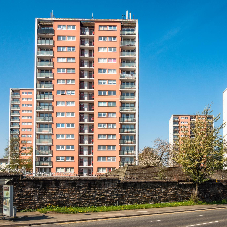
crop192.png)
